When it comes to phototherapy, there are different colors with different intensities that have different functions.
Color is not the only thing that changes because this is a direct result of the wavelengths that the therapeutic device is able to emit towards the area affected by the problem. In fact, if we look at the continuous spectrum of light we notice how it is divided into intervals where each one corresponds to a color, for intervals between 400 nm and 750 nm while if we go outside these minimum and maximum values the light exists but is not directly visible to the naked eye.
The colors we will focus on in this article are Blue and Red, which by the way are the two most commonly used for therapeutic purposes.
So the question we ask ourselves is: What is the difference between red light and blue light?

The difference lies in the wavelength that the two different lights have.
Let me explain further...
Warning! Blue Light is not the same as the light coming out of your digital screens. Blue Light usually has a wavelength of between 400 nm and 500 nm and acts directly on the outermost layer of your body, activating nitric oxide and reactive oxygen species at a cellular level.
Scientific studies have shown how Blue Light therapy can be an effective treatment for skin diseases such as eczema, psoriasis and atopic dermatitis. In the meantime, further studies are being conducted to show that blue light can also be used to combat ACNE, more specifically acne vulgaris, by having an anti-inflammatory and anti-proliferative effect (see the study conducted in [2] for more information).
With regard to the safety of its use, we can say that it is a therapeutic method that does not appear to have any contraindications, however, as they write in the scientific paper Blue Light in Dermatology published in the NIH (National Library of Medicine), it is worth noting that: "Further studies are needed to develop accurate protocols, as the clinical effects depend on the parameters of the light and the duration of treatment. No major adverse effects have yet been observed, but long-term safety needs to be monitored as there are no studies considering the long-term effects of blue light on the skin." [1]

Contrary to what has just been written, Red Light, or also known as RLT (Red Light Therapy) or LLLT (Low Level Laser Therapy), travels on wavelengths in a range between 600 nm and 750 nm. This light is not limited to a superficial skin effect but goes deeper into muscle tissue or in some cases even bone!
So this can be used as a substitute for blue light as it includes all the beneficial effects of Blue Light. Lately, there has been discussion about the effectiveness of devices with both types of light to have an even greater beneficial effect for the cure and treatment of acne. Here on NoMore’s website you can find the most technologically advanced RLT devices, tailor-made for safe use for you and your whole family. If you don't trust it, take a look at the positive reviews!
Blue Light, however, cannot penetrate as deeply as Red Light and is therefore useless for treating conditions such as inflammation, hair regrowth, wound healing, toning with skin rejuvenation and much more, as you can read in 'RLT is it good for'.
As with Blue Light, Red Light is also a therapeutic method that the scientific community is still researching, even though the number of experiments with positive results for RLT is greater than for blue light.
So we can conclude by saying that both colors exploit a technology that uses light waves of a specific wavelength to stimulate cellular processes in a natural, non-toxic and risk-free way for the human body, promoting well-being and healing.

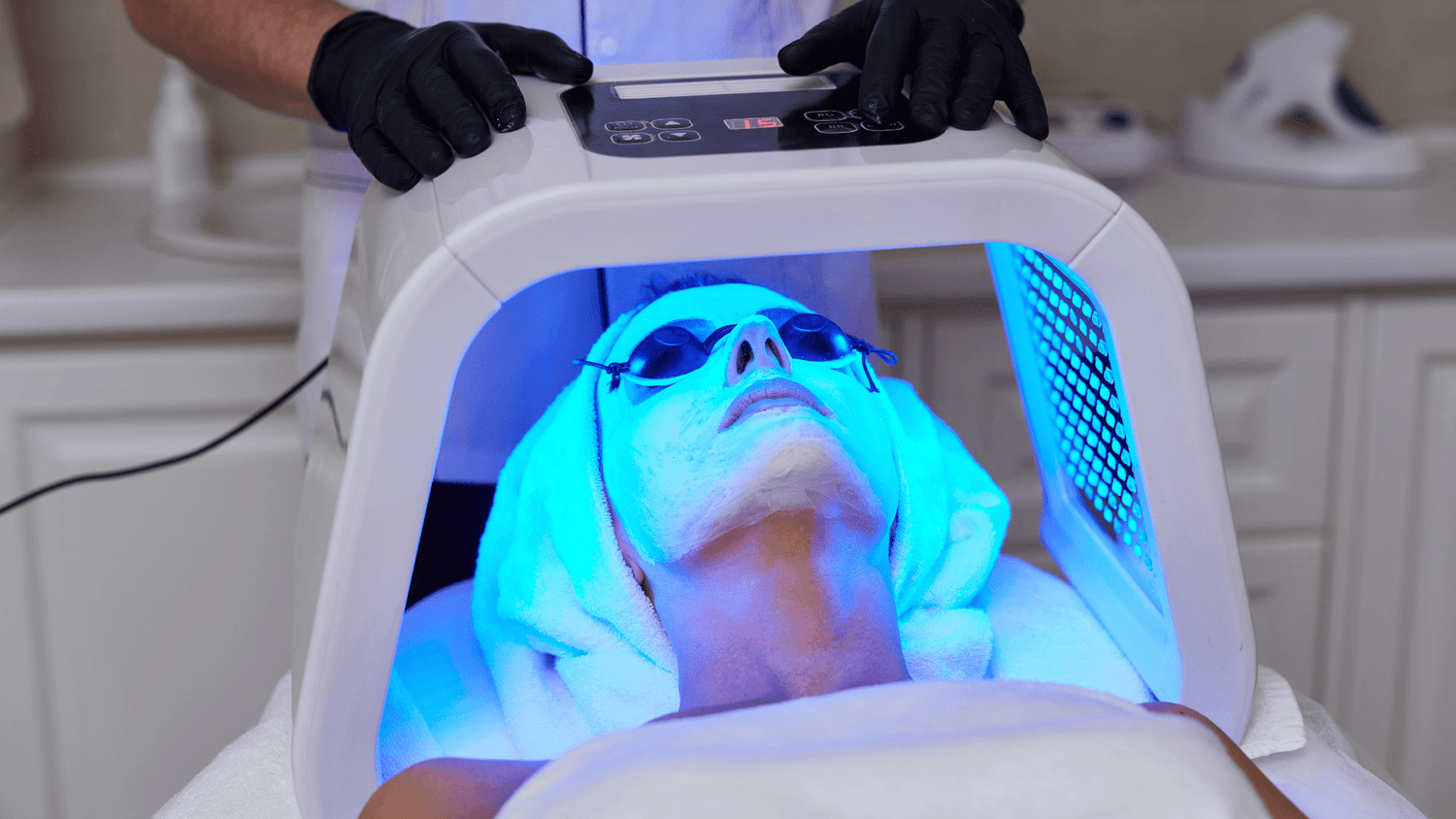
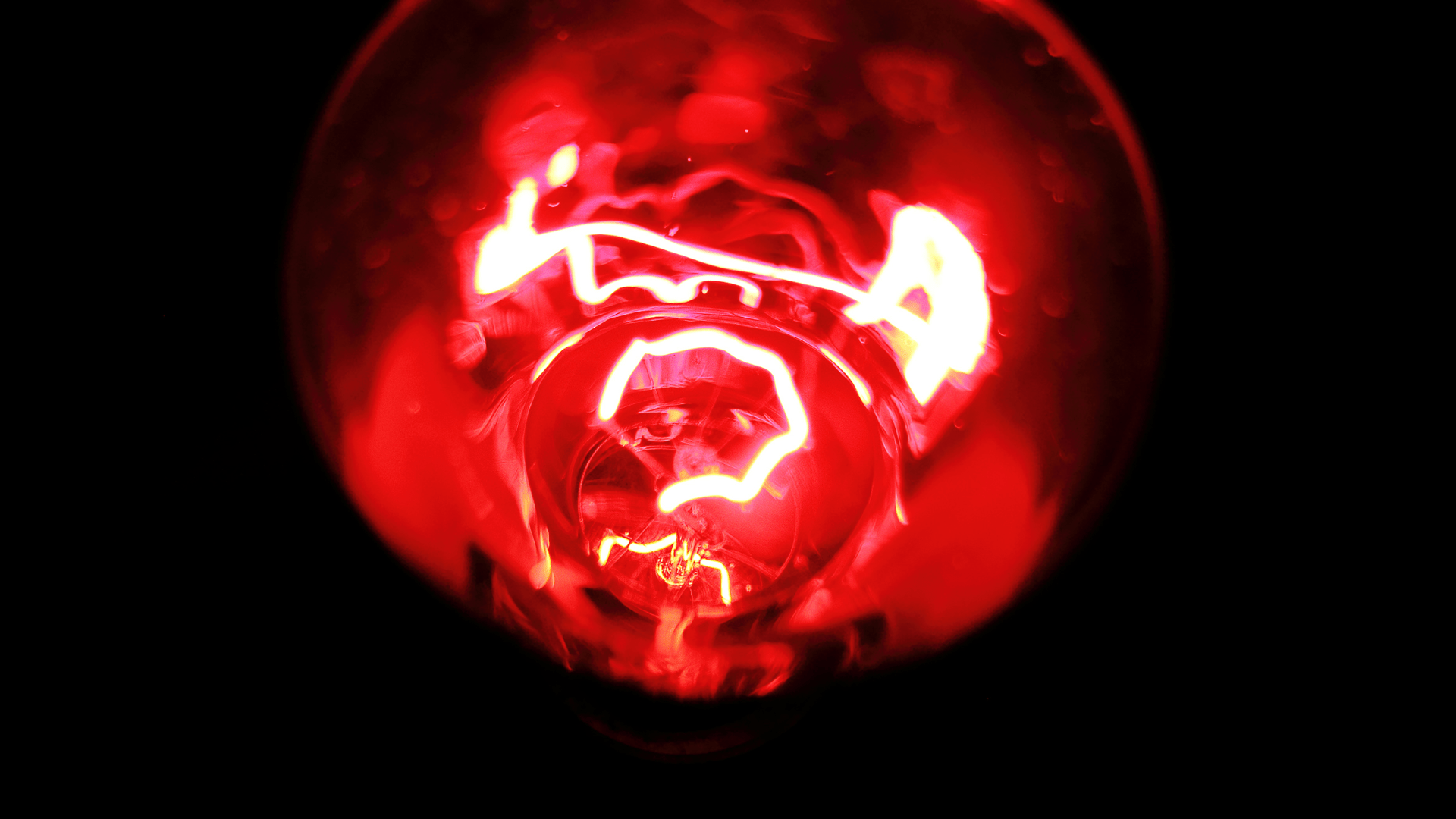
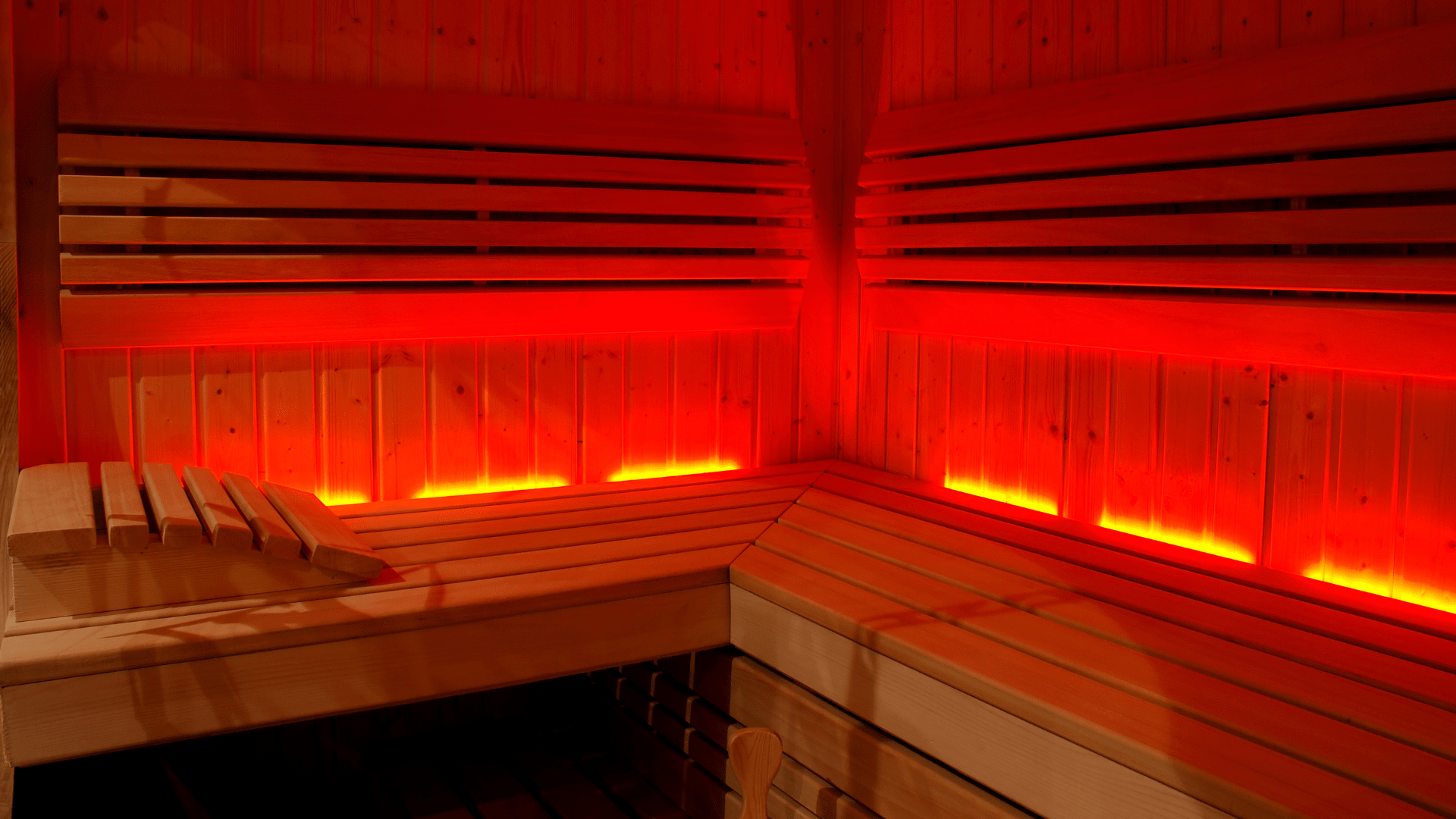
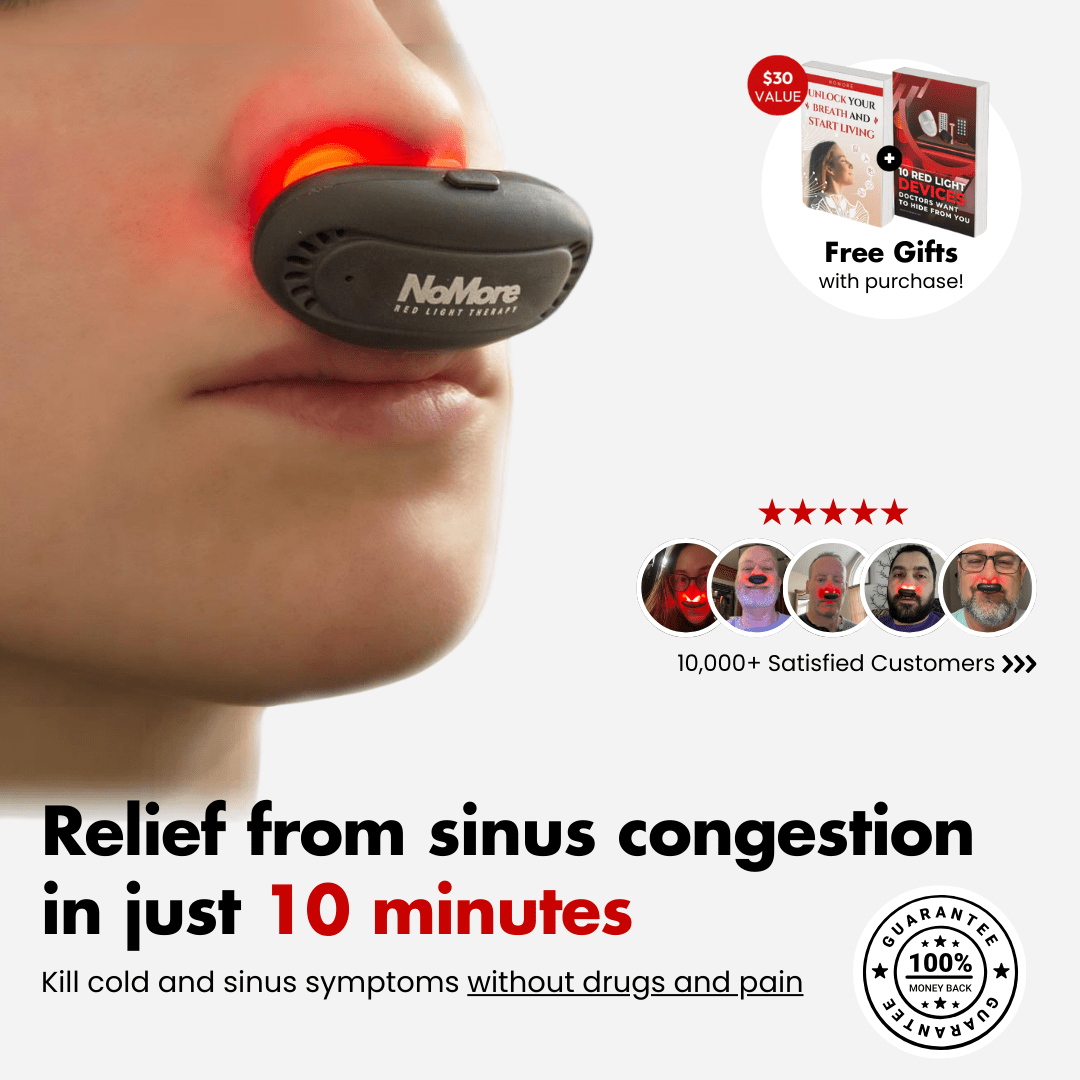
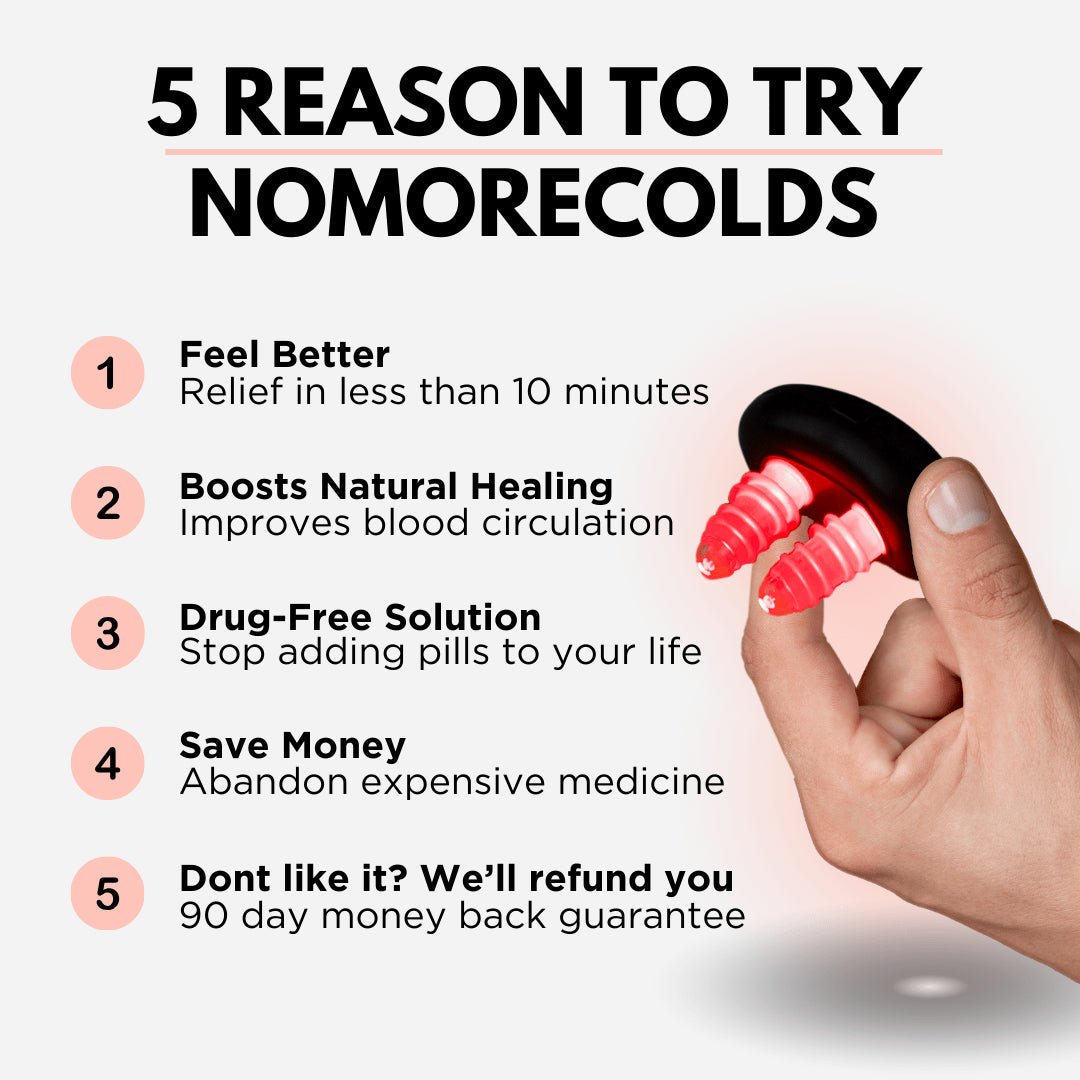
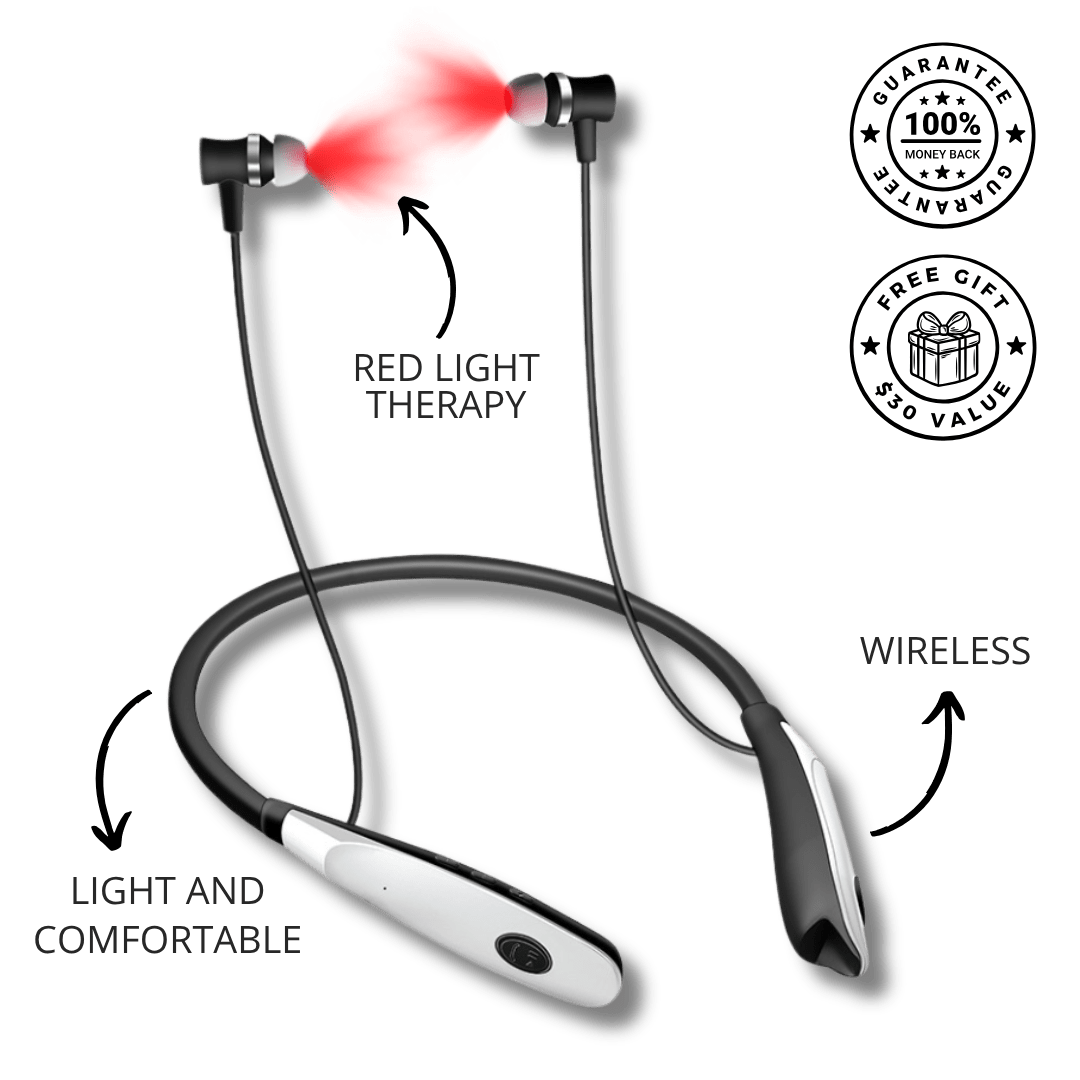
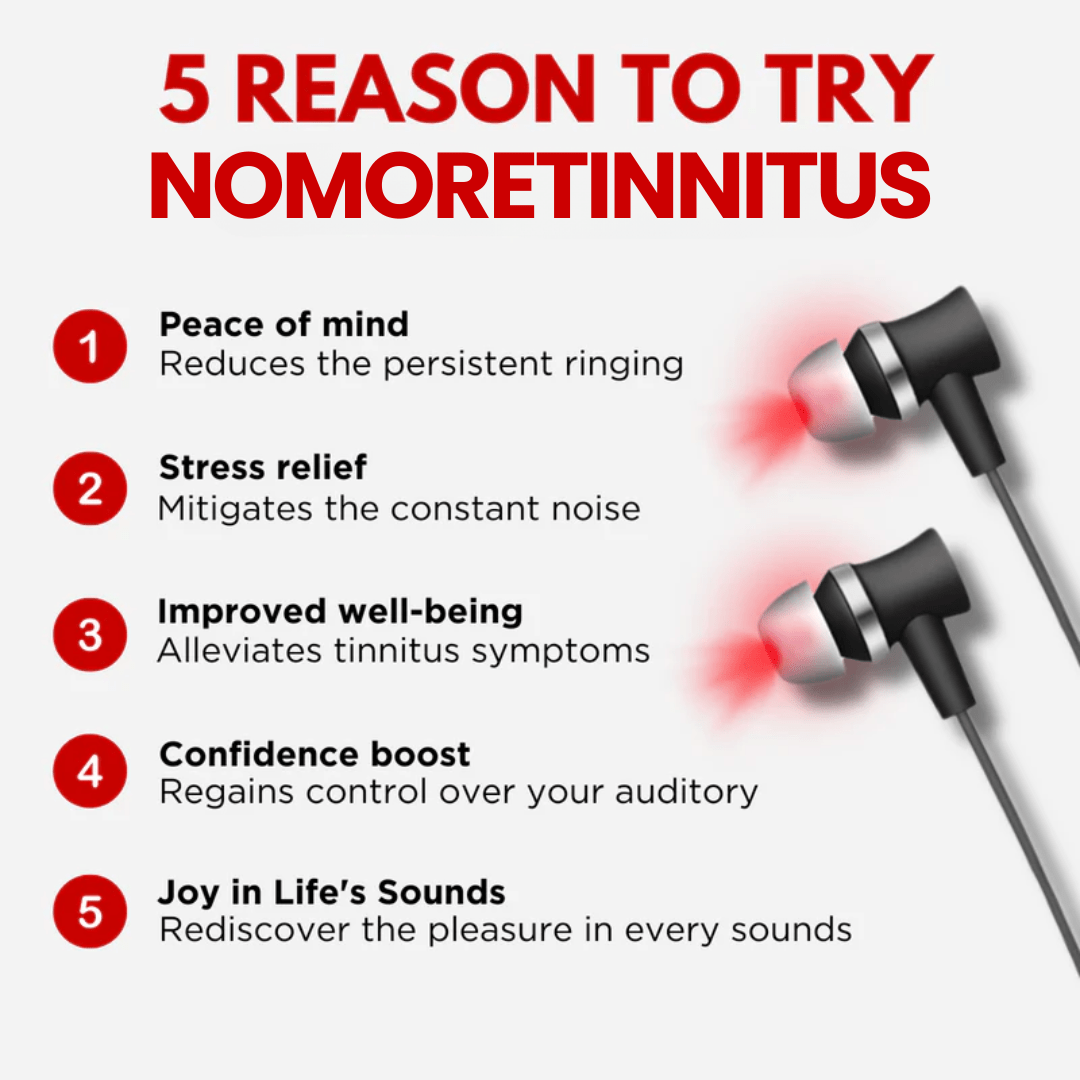
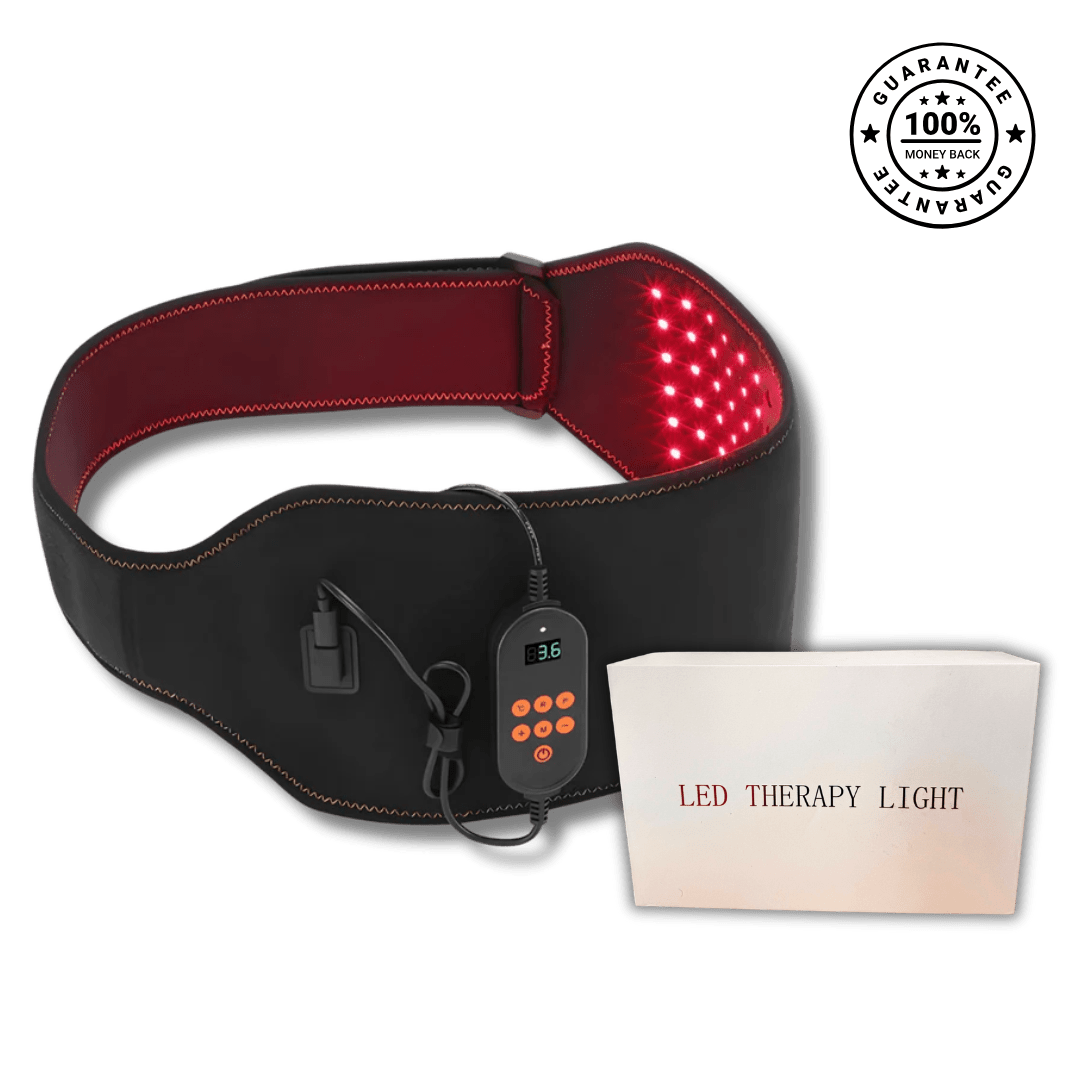
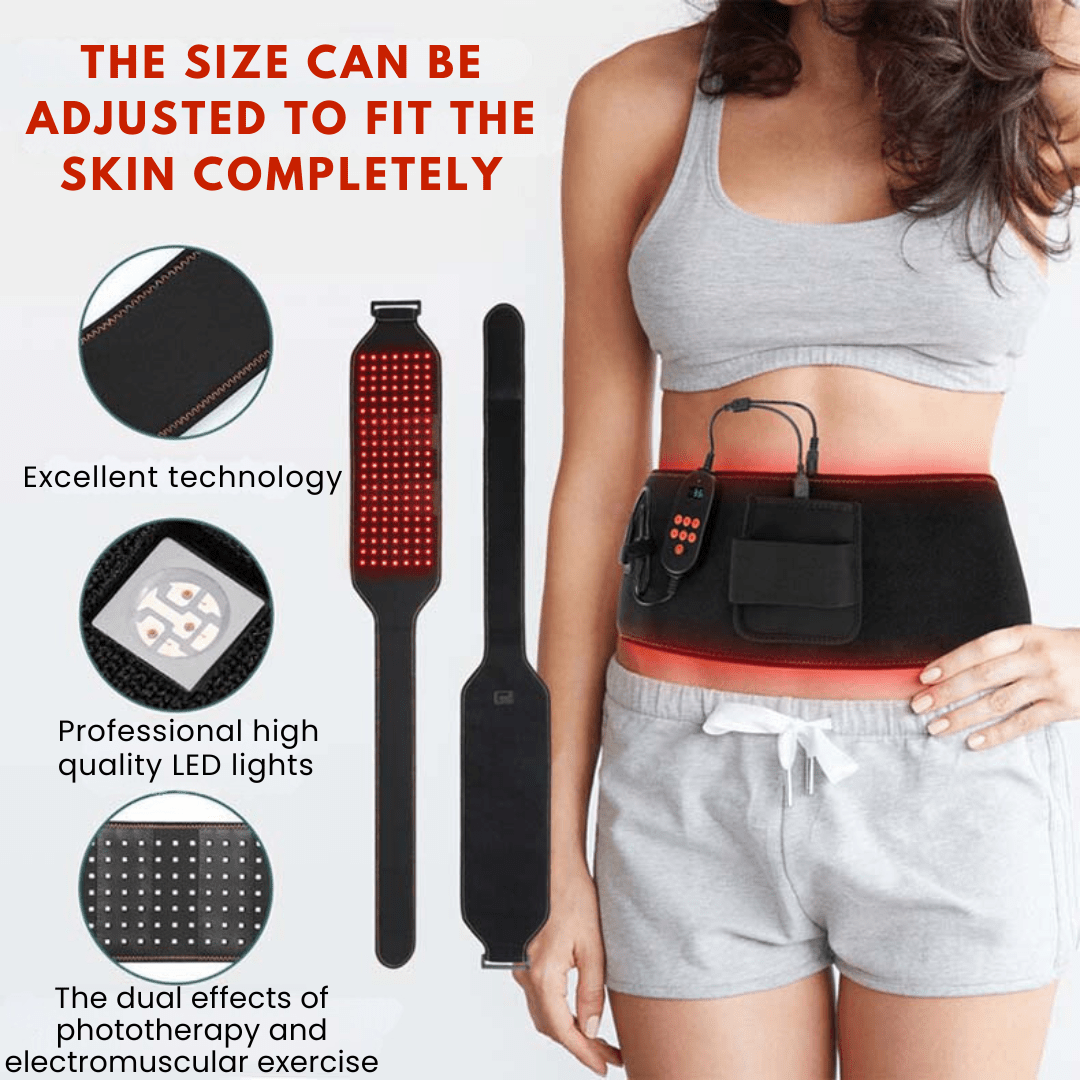
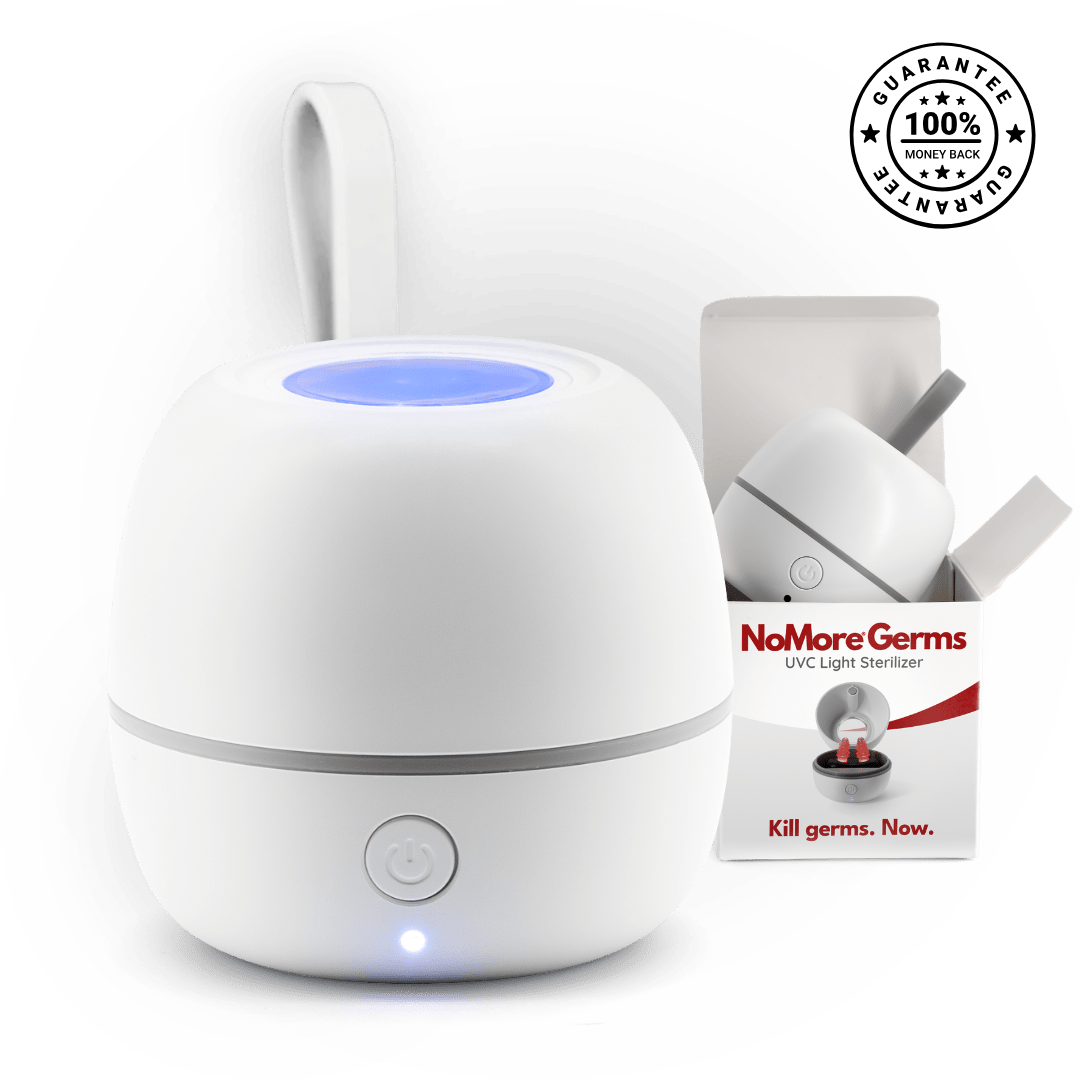
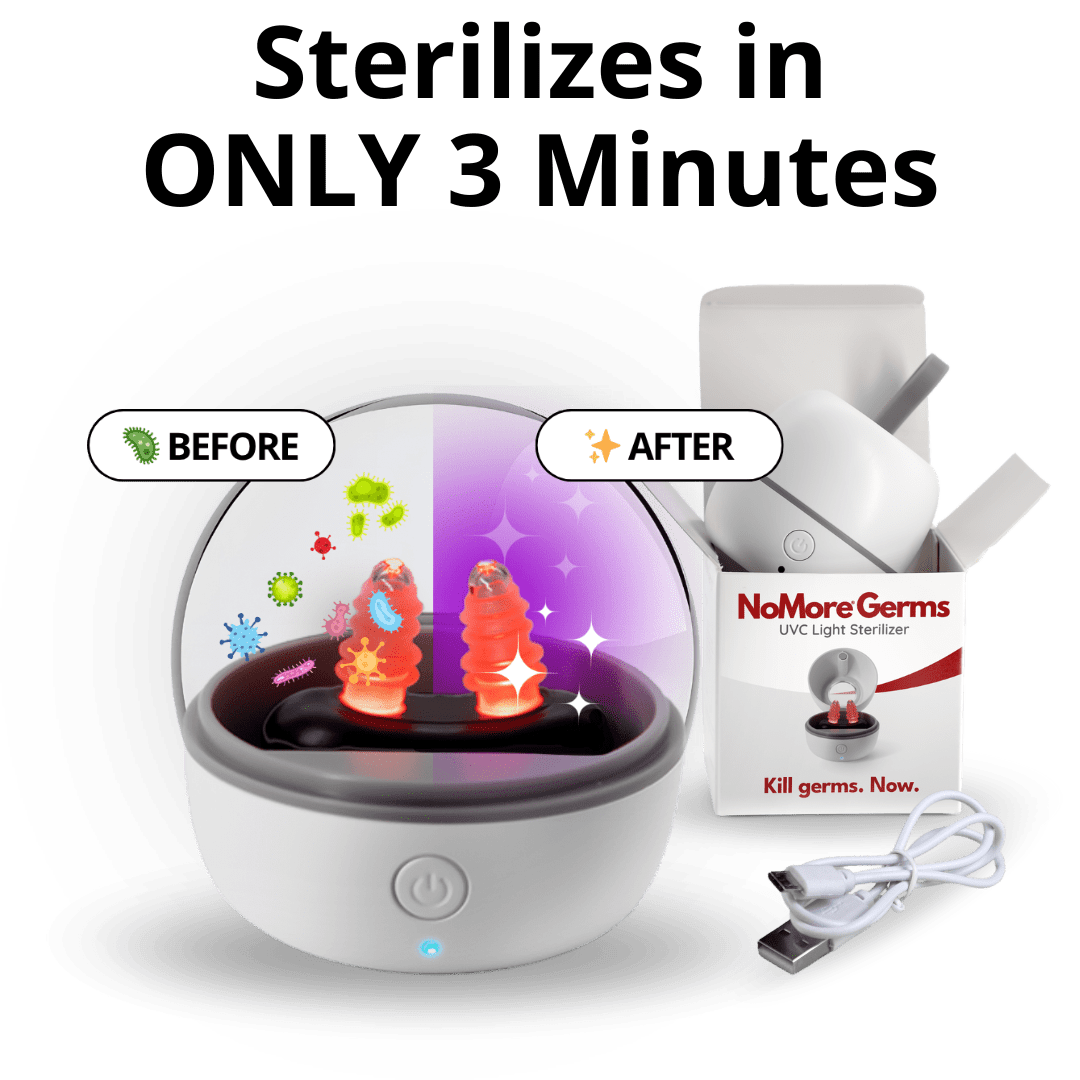
Leave a comment
All comments are moderated before being published.
This site is protected by hCaptcha and the hCaptcha Privacy Policy and Terms of Service apply.